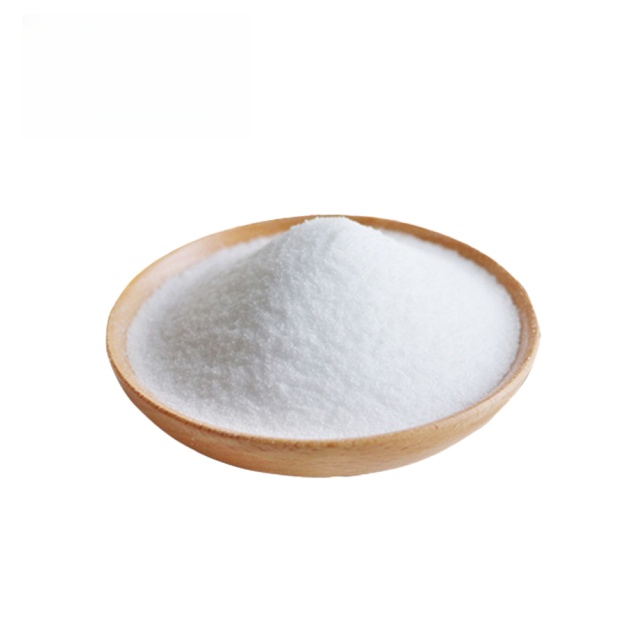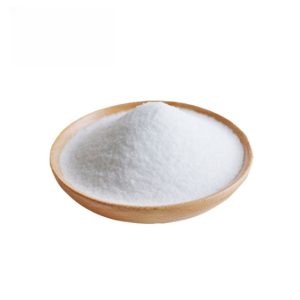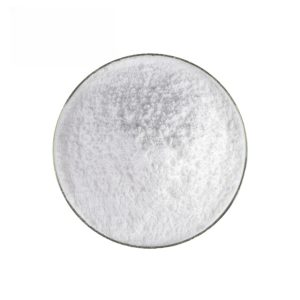Basic Information
- Chemical Name: L-2-Amino-3-methylbutyric acid
- English Name: L-Valine
- CAS Number: 72-18-4
- Molecular Formula: C5H11NO2
- Molecular Weight: 117.15
Physical Properties
- Appearance: White crystals or crystalline powder
- Density: Approximately 1.32g/cm³
- Melting Point: 315°C (decomposition)
- Solubility in Water: Soluble in water, solubility is approximately 16.5g/100mL (25°C)
- Specific Rotation: +26.5° to +29.0° (c=80mg/mL, 6mol/L hydrochloric acid solution)
Chemical Properties
- Stability: Stable to heat, light, and air
- PH Value: The solution is acidic, with a PH value of 5.5~6.5 (20°C) for a 5% aqueous solution
Production Methods
- L-Valine can be obtained through chemical synthesis, using isobutyraldehyde as a raw material and undergoing multiple reaction steps.
- Another method is microbial fermentation, which has the advantages of low raw material cost, mild reaction conditions, and large-scale production.
Food Sources
- Natural food sources of L-Valine are widespread, including white cheese, fish, poultry, beef, peanuts, sesame seeds, kidney beans, and adlay millet.
Physiological Functions
- Growth and Repair: L-Valine is one of the 20 amino acids that make up proteins. Along with isoleucine and leucine, it is an essential part of branched-chain amino acids (BCAAs) and is crucial for normal growth and tissue repair of the body.
- Energy Supply: During intense physical activity, L-Valine can provide additional energy through oxidative decomposition, helping muscles produce glucose and preventing muscle weakness.
- Blood Sugar Regulation: L-Valine also participates in blood sugar regulation.
- Liver Function: It helps remove excess nitrogen (a potential toxin) from the liver and transports nitrogen needed by the body to various parts.
Symptoms of Deficiency
- When L-Valine intake is insufficient, it may lead to dysfunction of the central nervous system of the brain, causing ataxia and limb tremor.
Medical Applications
- L-Valine is also often used to treat liver failure, damage caused by alcoholism and drug abuse, and as a therapeutic agent to accelerate wound healing.
In summary, L-Valine is an essential amino acid that has various physiological functions and roles in the human body, crucial for maintaining human health.



Reviews
There are no reviews yet.